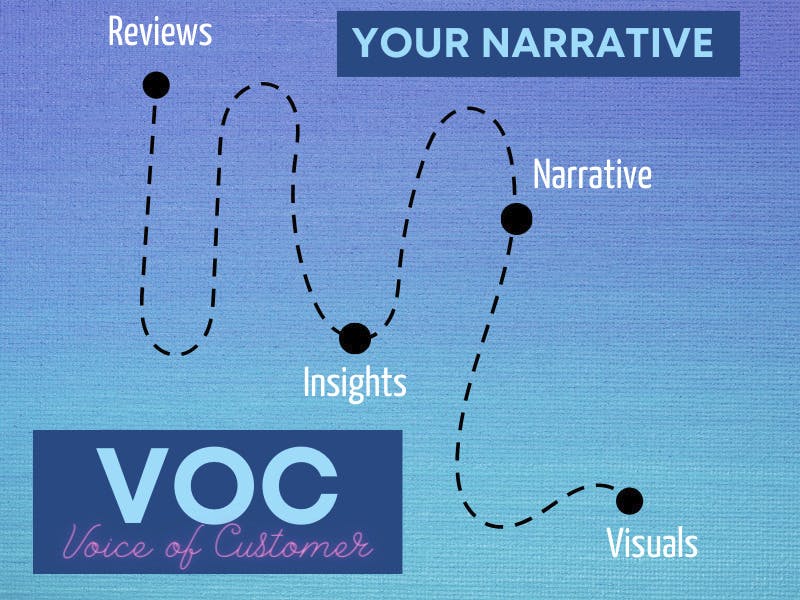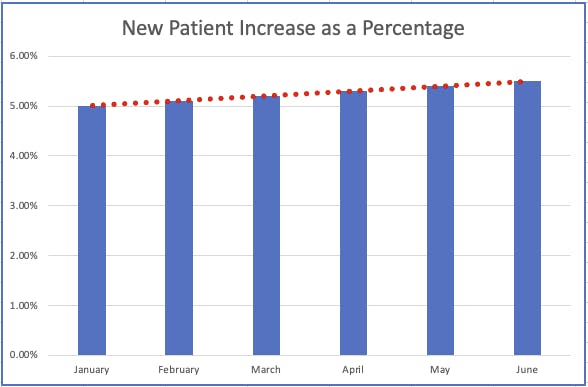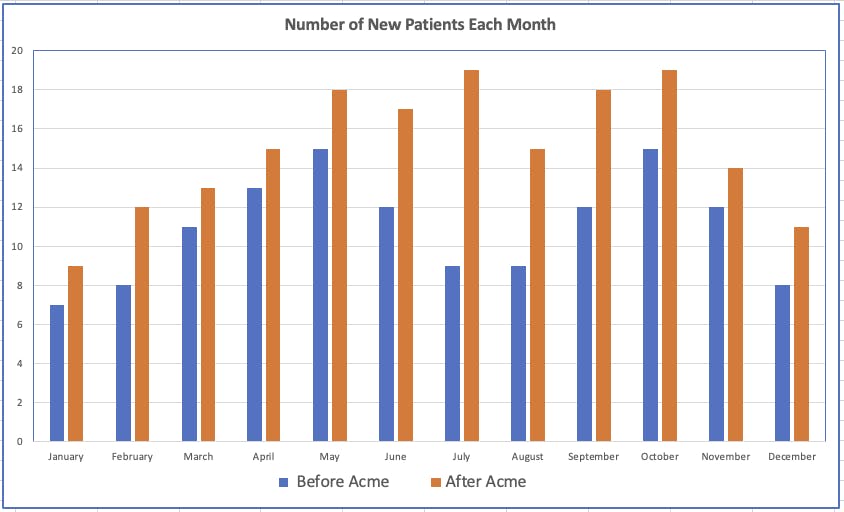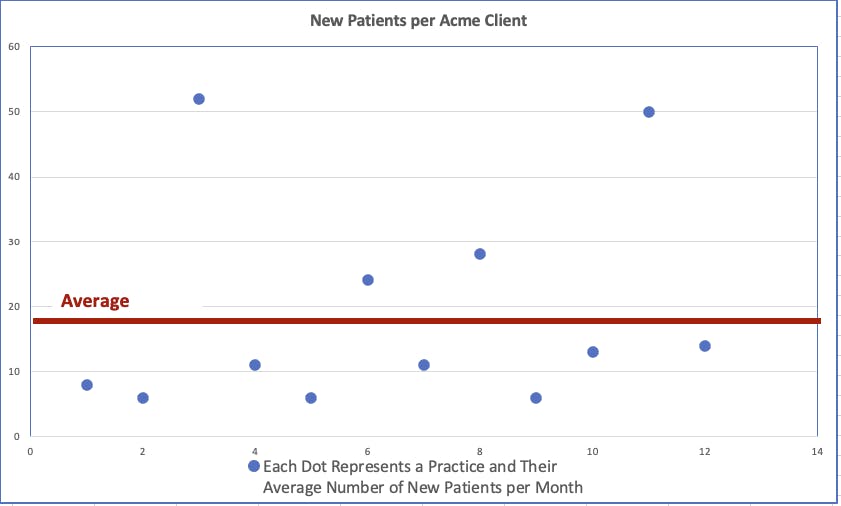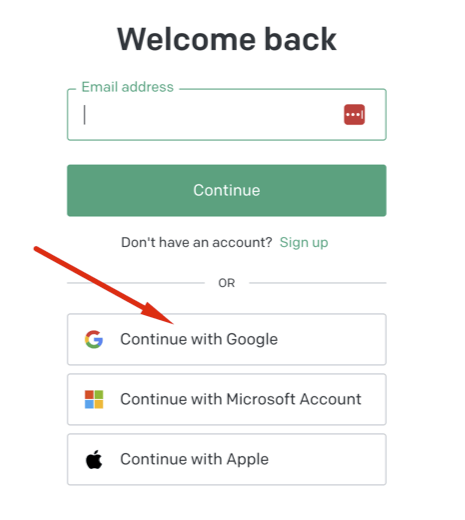The Impact of SEO and Google’s 2024 Diversity Algorithm Update on Physical Therapy Practices
Search Engine Optimization (SEO) might sound like a technical buzzword, but for physical therapy private practice owners, it’s a game-changer. Whether you’re new to the concept or have heard the term in passing, this guide will help you understand what SEO is, why it matters, and how recent changes—like Google’s December 2024 Diversity Algorithm Update—impact your practice.
What is SEO for physical therapy clinics?
SEO, or Search Engine Optimization, is the process of improving your website to make it more visible on search engines like Google. When potential patients search for terms like “physical therapy near me” or “sports injury rehab,” SEO helps your website appear higher in search results. Why does this matter? Because higher rankings mean more visibility, more website traffic, and ultimately, more patients walking through your door.
Types of SEO for Physical Therapy Practices
For physical therapy private practices, SEO can be broken down into three main categories:
-
On-Page SEO: This involves optimizing the content on your website (e.g., blog posts, service pages) with relevant keywords like “physical therapy SEO” and “PT private practice SEO.” It also includes improving meta tags and internal linking.
-
Off-Page SEO: This focuses on activities outside your website, such as earning backlinks from other reputable sites and managing online reviews.
-
Local SEO: Critical for brick-and-mortar clinics, local SEO ensures your practice appears in location-based searches. This includes optimizing your Google Business Profile and using location-specific keywords.
Google’s Algorithm Changes: A History of Evolution
Google constantly updates its algorithms to improve the quality of search results. Some of the most impactful updates include:
-
2011 Panda Update: Targeted low-quality content.
-
2012 Penguin Update: Penalized manipulative link-building practices.
-
2021 Core Web Vitals Update: Focused on user experience metrics like page speed.
Fast forward to 2024, and Google introduced several updates, including the significant Diversity Algorithm Update in December.
The 2024 Diversity Algorithm Update
The December 2024 Diversity Update brought a fundamental shift in how local businesses appear in search results. Historically, practices could rank in both the Google Maps “local pack” and organic search results for the same query. However, this update limits businesses to one spot per query. While this change aims to provide more diverse search results for users, it has major implications for local clinics:
-
Reduced Visibility: Practices may lose their dual presence on the first page of Google.
-
Fewer Clicks: With fewer spots available, competition intensifies for top rankings.
-
Traffic Drops: Many businesses have reported declines in organic sessions since the update.
How Physical Therapy Clinics Can Adapt
While these changes may seem daunting, there are actionable steps you can take to protect—and even improve—your online presence.
1. Optimize Your Google Business Profile
Your Google Business Profile is crucial for local SEO. Ensure it’s fully optimized by:
-
Adding accurate business information (name, address, phone number).
-
Uploading high-quality photos.
-
Encouraging satisfied patients to leave positive reviews.
2. Focus on High-Quality Content
Google rewards websites that provide valuable content tailored to user needs. Consider:
-
Writing blog posts about common injuries or treatments.
-
Creating FAQs that address patient concerns.
-
Using keywords like “physical therapy SEO” naturally throughout your content.
3. Monitor Your Analytics
Keep an eye on your website traffic and rankings using tools like Google Analytics. If you notice a drop in performance after the Diversity Update:
-
Identify which pages are affected.
-
Adjust your strategy by targeting less competitive keywords or improving existing content.
FAQs About Physical Therapy SEO
1. What is physical therapy SEO?
Physical therapy SEO refers to strategies used to improve a clinic’s online visibility so it ranks higher in search engine results for relevant terms like “PT private practice SEO.”
2. How does local SEO differ from regular SEO?
Local SEO focuses on optimizing your online presence for location-based searches (e.g., “physical therapist near me”), while regular SEO targets broader audiences.
3. What is the Diversity Algorithm Update?
This December 2024 update limits businesses to one appearance per query (either in the local pack or organic results) to provide more diverse search results.
4. Can I recover from a drop in rankings after an algorithm update?
Yes! Focus on creating high-quality content, optimizing your Google Business Profile, and monitoring analytics to adjust your strategy.
5. Do I need professional help with my clinic’s SEO?
While you can manage some aspects of SEO yourself, working with experts ensures you stay ahead of algorithm changes and maximize your online visibility.
Let E-Rehab.com Help You Succeed
Navigating the complexities of physical therapy SEO can be challenging—but you don’t have to do it alone. At E-Rehab.com, we’ve spent over 20 years helping small PT private practices grow their online presence. With over 2,000 satisfied clients, we have the expertise you need to thrive in today’s competitive landscape.



















